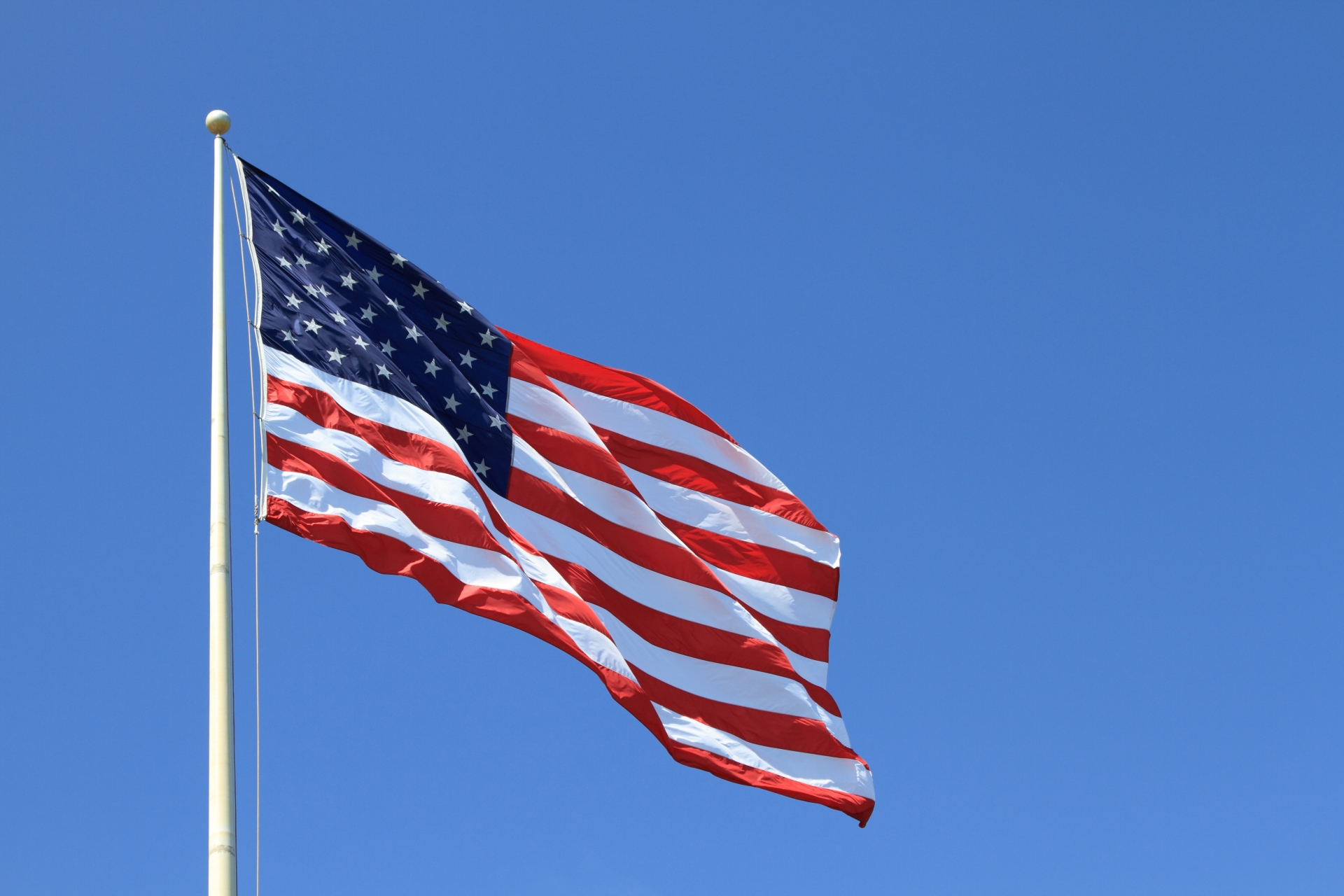The southeastern U.S. state of Georgia is known for its hot summers and high humidity. From June to September in particular, the weather remains muggy, increasing the risk of heat-related illnesses.
This article explains in detail the causes of Georgia’s heat, ways to cope with it, and cooler spots to escape the summer temperatures.
1. Causes of Heat in Georgia
1-1. Influence of the Humid Subtropical Climate
- Georgia is located in the southeastern United States and has a humid subtropical climate.
- In summer, warm, moist air from the Gulf of Mexico and the Atlantic Ocean easily flows into the region, raising both temperature and humidity.
- High humidity makes it harder for sweat to evaporate, increasing the heat index (perceived temperature).
1-2. High-Pressure Systems and Heat Domes
- In summer, when the Atlantic high-pressure system (Bermuda High) lingers, clear skies persist and heat builds up.
- This can create a heat dome effect, resulting in consecutive days with temperatures around 95°F (35°C).
1-3. Urban Heat Island Effect
- In cities such as Atlanta, asphalt and buildings absorb heat during the day, keeping nighttime temperatures from dropping significantly.
2. Heat Countermeasures
2-1. Individual-Level Measures
- Stay hydrated by frequently drinking water or sports drinks.
- Wear breathable clothing such as cotton or moisture-wicking fabrics.
- Avoid outdoor activities during peak heat hours (especially between 1 p.m. and 4 p.m.); stay indoors or in shaded areas.
2-2. Home and Building Measures
- Use blackout curtains or blinds to block sunlight.
- Combine air conditioning with fans for efficient cooling.
- Improve insulation in roofs and walls to slow indoor temperature increases.
2-3. Community and Government Initiatives
- Open cooling centers (public facilities for relief from heat).
- Conduct welfare visits and provide support for the elderly and people in poor health.
- Issue heat advisories and extreme heat alerts to warn the public.
3. Cooler Spots in Georgia
3-1. Northern Mountain Regions
- Parts of the Blue Ridge Mountains and Appalachian Mountains have higher elevations and relatively cooler climates in summer.
- Towns like Blue Ridge and Dahlonega are popular summer retreats.
3-2. Lakes and Rivers
- Areas around Lake Lanier and Lake Oconee benefit from cooling breezes off the water.
- Water-based activities can also help lower perceived body temperature.
3-3. Coastal Areas
- Tybee Island and St. Simons Island enjoy sea breezes, making them somewhat more comfortable than inland locations.
Summary
| Category | Details |
|---|---|
| Causes of Heat | Humid subtropical climate, high humidity, heat dome effect, urban heat island |
| Countermeasures | Hydration and electrolyte intake, sun avoidance, shading/insulation, use of cooling devices, public cooling centers |
| Cooler Locations | Northern mountains (Blue Ridge Mountains), lakes/rivers, coastal resorts |



コメント